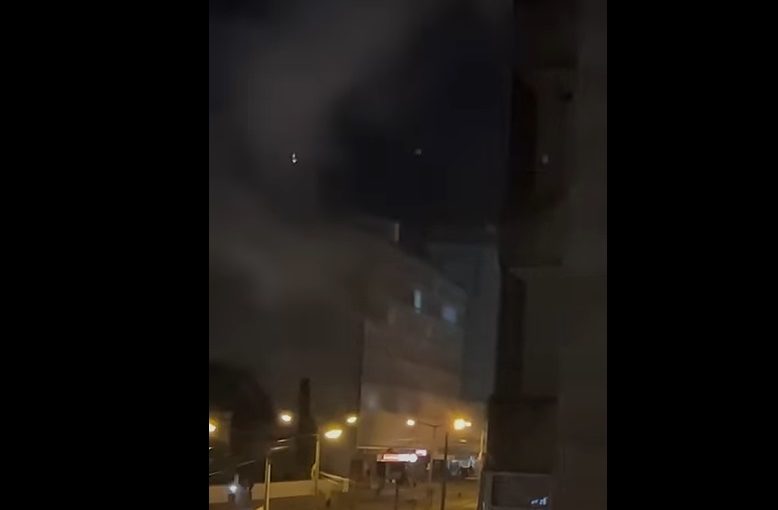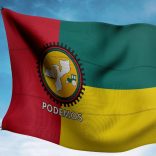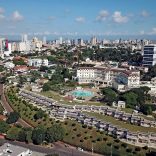Indian Navy strengthens ties with Mozambique Navy during port call of first training squadron at ...
Mozambique Elections: The ‘pots and pans’ protest and the police response – Watch

Screen grab: Miramar
Residents of upmarket areas of Maputo City last night decided to join the wave of protests that have been taking place in the country to demand the results of the October 9 elections and other issues that concern Mozambicans.
The protest model found is being dubbed the “panelaço” protest [drumming on pots and pans], in which residents of buildings and condominiums along the main avenues of the country’s capital resort to pots, pans and other household utensils to make noise in condemnation of the events affecting the country.
In response to city residents demonstrating in this way, various branches of the Police of the Republic of Mozambique (PRM) filled the avenues, firing tear gas at homes.
Videos widely shared on social media show that the PRM’s objective was to silence or intimidate the protesters who were peacefully protesting from their homes.
This was the first time in years that residents of the so-called upmarket neighbourhoods have joined the wave of protests, using a strategy adopted a few weeks ago by students living in the Eduardo Mondlane University students residence.
The same protest model was scheduled for this Tuesday (November 5) to take place in two stages. The first would be in the afternoon from 12 noon to 1:00 p.m., and the second from 7:00 to 8:00 p.m..
Historically, the “panelaço” demonstration is long-established. The Wikipedia ‘Cacerolazo’ entry enumerates numerous instances.
“The first documented protests of this style occurred in France in the 1830s, at the beginning of the July Monarchy, by opponents of the regime of Louis Philippe I of France,” the entry reads. “According to the historian Emmanuel Fureix, the protesters took from the tradition of the ‘charivari’ the use of noise to express disapproval, and beat saucepans to make noise against government politicians. This way of showing discontent became popular in 1832, taking place mainly at night and sometimes with the participation of thousands of people.”
“More than a century later, in 1961, ‘the nights of the pots’ protests were held in Algeria, in the framework of the Algerian War of Independence.(…).”
🚨 A noite foi inédita no centro da cidade de #Maputo. Impedidos de sair a rua durante o dia, manifestantes protestaram a partir dos seus prédios onde gritaram, tocaram panelas 📣 e outros objectos. Alguns saíram a rua e como já era de se esperar, a polícia apareceu e lançou gás. pic.twitter.com/uD23dIC3wP
— Alexandre Nhampossa (@AllexandreMZ) November 5, 2024
In #Mozambique, peaceful protests have taken to the balconies. Tonight citizens made noise with whistles, pans, and more to stand against injustice. Police responded with tear gas, targeting people within their own homes. The fight for freedom must not be met with violence! pic.twitter.com/di1mOQ5Kw4
— A🧚🏽♀️ (@liliimone) November 4, 2024
I think Mozambican authorities are purchasing teargas at a very low cost. That is the only reasonable explanation for this nonsense. Or maybe police officers are just fascinated with this new toy that spray gas that hurts people…
This is beyond ridiculous… pic.twitter.com/67HtHRVtOc— Zenaida Machado (@zenaidamz) November 4, 2024
A Dark Turn in Maputo’s Nightscape: Tear Gas Assaults on Citizens in Public Spaces – Violation of Human Rights pic.twitter.com/dsJBPGFucj
— Prof. Adriano Nuvunga (@adriano_nuvunga) November 5, 2024












Leave a Reply
Be the First to Comment!
You must be logged in to post a comment.
You must be logged in to post a comment.